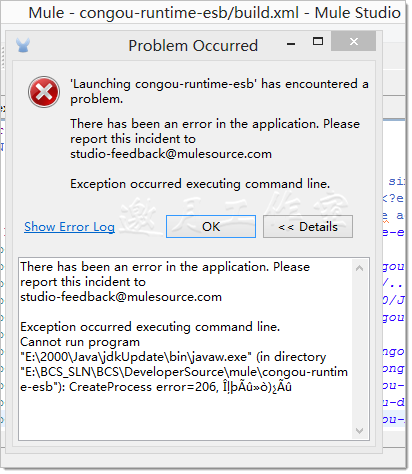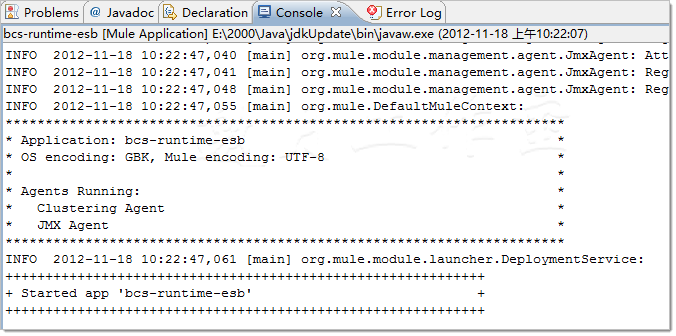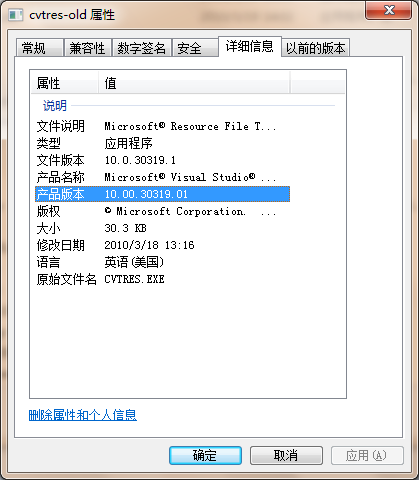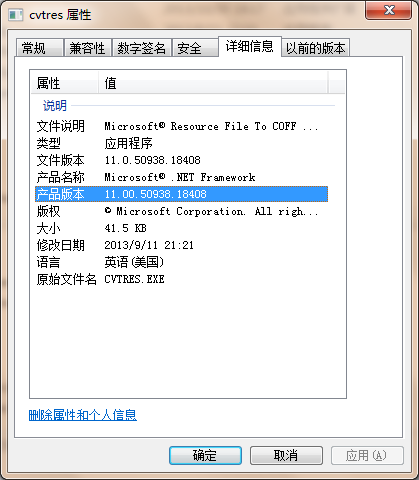13.2 Spring Boot Boot Error: Whitelabel Error Page
Problem description
Whitelabel Error Page
This application has no explicit mapping for /error, so you are seeing this as a fallback.
Tue Mar 28 22:25:43 CST 2017
There was an unexpected error (type=Internal Server Error, status=500).
Circular view path [login]: would dispatch back to the current handler URL [/login] again. Check your ViewResolver setup! (Hint: This may be the result of an unspecified view, due to default view name generation.)
Cause analysis,
First, the error page is the default error page for SpringBoot. Source in: org. Springframework. Boot. Autoconfigure. Web. Servlet. Error. ErrorMvcAutoConfiguration line 151.
This error is usually caused by a configuration error, or an MVC error.
The solution
Properly configure the named presuffix of the template file in the Application.properties file:
spring.mvc.view.prefix=/WEB-INF/jsp/
spring.mvc.view.suffix=.jsp
In addition, in earlier versions of Springboot, MVC was not included in the key.
spring.view.prefix: /WEB-INF/jsp/
spring.view.suffix: .jsp
This configuration is version 1.1 after class, in the org. Springframework. Boot. Autoconfigure. Web. Servlet. WebMvcProperties class. The above annotation @ConfigurationProperties(prefix = “spring.MVC “) indicates the key.
Accordingly, the template files should be placed in the correct directory. For the above configuration, the corresponding directory can be:
/src/main/webapp/WEB-INF/jsp/
/src/main/resources/META-INF/resources/WEB-INF/jsp
The default directory for common SpringBoot template files is as follows:
# THYMELEAF (ThymeleafAutoConfiguration)
spring.thymeleaf.cache=true # Enable template caching.
spring.thymeleaf.check-template=true # Check that the template exists before rendering it.
spring.thymeleaf.check-template-location=true # Check that the templates location exists.
spring.thymeleaf.enabled=true # Enable Thymeleaf view resolution for Web frameworks.
spring.thymeleaf.encoding=UTF-8 # Template files encoding.
spring.thymeleaf.excluded-view-names= # Comma-separated list of view names that should be excluded from resolution.
spring.thymeleaf.mode=HTML5 # Template mode to be applied to templates. See also StandardTemplateModeHandlers.
spring.thymeleaf.prefix=classpath:/templates/ # Prefix that gets prepended to view names when building a URL.
spring.thymeleaf.reactive.max-chunk-size= # Maximum size of data buffers used for writing to the response, in bytes.
spring.thymeleaf.reactive.media-types=text/html # Media types supported by the view technology.
spring.thymeleaf.servlet.content-type=text/html # Content-Type value written to HTTP responses.
spring.thymeleaf.suffix=.html # Suffix that gets appended to view names when building a URL.
spring.thymeleaf.template-resolver-order= # Order of the template resolver in the chain.
spring.thymeleaf.view-names= # Comma-separated list of view names that can be resolved.
# FREEMARKER (FreeMarkerAutoConfiguration)
spring.freemarker.allow-request-override=false # Set whether HttpServletRequest attributes are allowed to override (hide) controller generated model attributes of the same name.
spring.freemarker.allow-session-override=false # Set whether HttpSession attributes are allowed to override (hide) controller generated model attributes of the same name.
spring.freemarker.cache=false # Enable template caching.
spring.freemarker.charset=UTF-8 # Template encoding.
spring.freemarker.check-template-location=true # Check that the templates location exists.
spring.freemarker.content-type=text/html # Content-Type value.
spring.freemarker.enabled=true # Enable MVC view resolution for this technology.
spring.freemarker.expose-request-attributes=false # Set whether all request attributes should be added to the model prior to merging with the template.
spring.freemarker.expose-session-attributes=false # Set whether all HttpSession attributes should be added to the model prior to merging with the template.
spring.freemarker.expose-spring-macro-helpers=true # Set whether to expose a RequestContext for use by Spring's macro library, under the name "springMacroRequestContext".
spring.freemarker.prefer-file-system-access=true # Prefer file system access for template loading. File system access enables hot detection of template changes.
spring.freemarker.prefix= # Prefix that gets prepended to view names when building a URL.
spring.freemarker.request-context-attribute= # Name of the RequestContext attribute for all views.
spring.freemarker.settings.*= # Well-known FreeMarker keys which will be passed to FreeMarker's Configuration.
spring.freemarker.suffix= # Suffix that gets appended to view names when building a URL.
spring.freemarker.template-loader-path=classpath:/templates/ # Comma-separated list of template paths.
spring.freemarker.view-names= # White list of view names that can be resolved.
# GROOVY TEMPLATES (GroovyTemplateAutoConfiguration)
spring.groovy.template.allow-request-override=false # Set whether HttpServletRequest attributes are allowed to override (hide) controller generated model attributes of the same name.
spring.groovy.template.allow-session-override=false # Set whether HttpSession attributes are allowed to override (hide) controller generated model attributes of the same name.
spring.groovy.template.cache= # Enable template caching.
spring.groovy.template.charset=UTF-8 # Template encoding.
spring.groovy.template.check-template-location=true # Check that the templates location exists.
spring.groovy.template.configuration.*= # See GroovyMarkupConfigurer
spring.groovy.template.content-type=test/html # Content-Type value.
spring.groovy.template.enabled=true # Enable MVC view resolution for this technology.
spring.groovy.template.expose-request-attributes=false # Set whether all request attributes should be added to the model prior to merging with the template.
spring.groovy.template.expose-session-attributes=false # Set whether all HttpSession attributes should be added to the model prior to merging with the template.
spring.groovy.template.expose-spring-macro-helpers=true # Set whether to expose a RequestContext for use by Spring's macro library, under the name "springMacroRequestContext".
spring.groovy.template.prefix= # Prefix that gets prepended to view names when building a URL.
spring.groovy.template.request-context-attribute= # Name of the RequestContext attribute for all views.
spring.groovy.template.resource-loader-path=classpath:/templates/ # Template path.
spring.groovy.template.suffix=.tpl # Suffix that gets appended to view names when building a URL.
spring.groovy.template.view-names= # White list of view names that can be resolved.




 The error I was getting was as follows:
The error I was getting was as follows:



